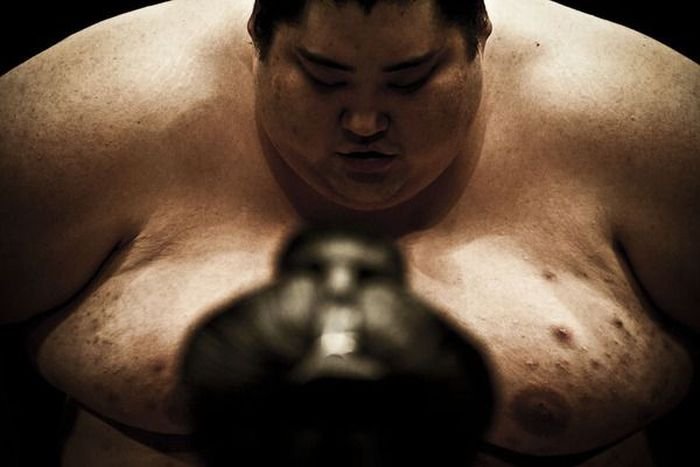|
|
Sumo Wrestling
|
• Foreign participation
Professional sumo is practiced exclusively in Japan, but wrestlers of other nationalities participate. There are currently 55 wrestlers officially listed as foreigners. In July 2007, there were 19 foreigners in the top two divisions, an all-time record, and for the first time, a majority of wrestlers in the top sanyaku ranks were from overseas.
A Japanese-American, Toyonishiki, and the Korean-born Rikidōzan achieved sekitori status prior to World War II, but neither were officially listed as foreigners. The first non-Asian to achieve fame and fortune in sumo was Hawaii-born Takamiyama. He reached the top division in 1968 and in 1972 became the first foreigner to win the top division championship. He was followed by fellow Hawaii-born Konishiki, the first foreigner to reach the rank of ōzeki in 1987; and the native Hawaiian Akebono, who became the first foreign-born yokozuna in 1993. Musashimaru, born in Samoa but from Hawaii, became the second foreigner to reach sumo's top rank in 1999. The most recent yokozuna, Asashōryū and Hakuhō, are Mongolian. They are among a group of Mongolian wrestlers who have achieved success in the upper ranks. Wrestlers from Eastern European countries such as Georgia and Russia have also found success in the upper levels of sumo. In 2005 Kotoōshū from Bulgaria became the first wrestler of European birth to attain the ōzeki ranking and the first to win a top division championship.
Until relatively recently, the Japan Sumo Association had no restrictions at all on the number of foreigners allowed in professional sumo. In May 1992, shortly after the Ōshima stable had recruited six Mongolians at the same time, the Sumo Association's new director Dewanoumi, the former yokozuna Sadanoyama, announced that he was considering limiting the number of overseas recruits per stable and in sumo overall. There was no official ruling, but no stable recruited any foreigners for the next six years. This unofficial ban was then relaxed, but only two new foreigners per stable were allowed, until the total number reached 40. Then in 2002, a one foreigner per stable policy was officially adopted. (The ban was not retroactive, so foreigners recruited before the changes were unaffected). Though the move has been met with criticism, there are no plans to relax the restrictions at this time. However, it was possible for a place in a heya to be opened up if a foreign born wrestler acquires Japanese citizenship. This occurred when Hisanoumi changed his nationality from Tongan at the end of 2006, allowing another Tongan to enter his stable, and Kyokutenhō's change of citizenship allowed Ōshima stable to recruit Mongolian Kyokushuho in May 2007.
|
|









